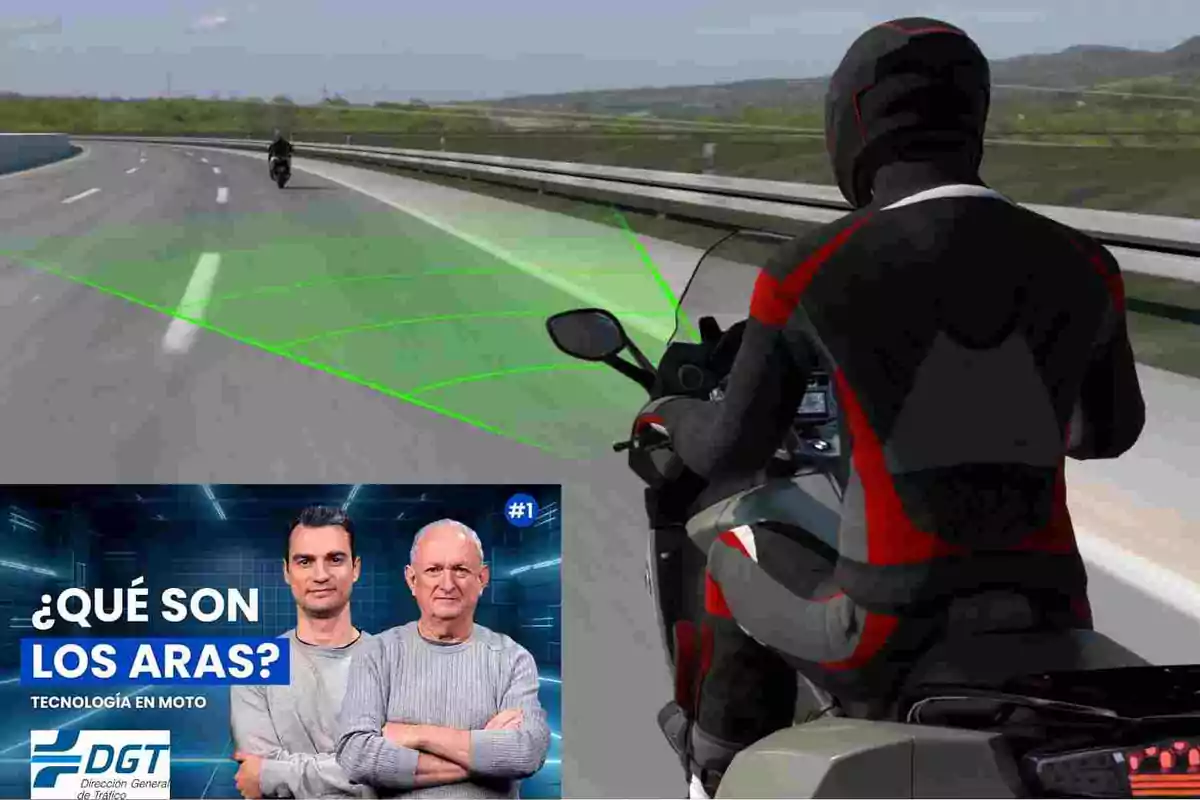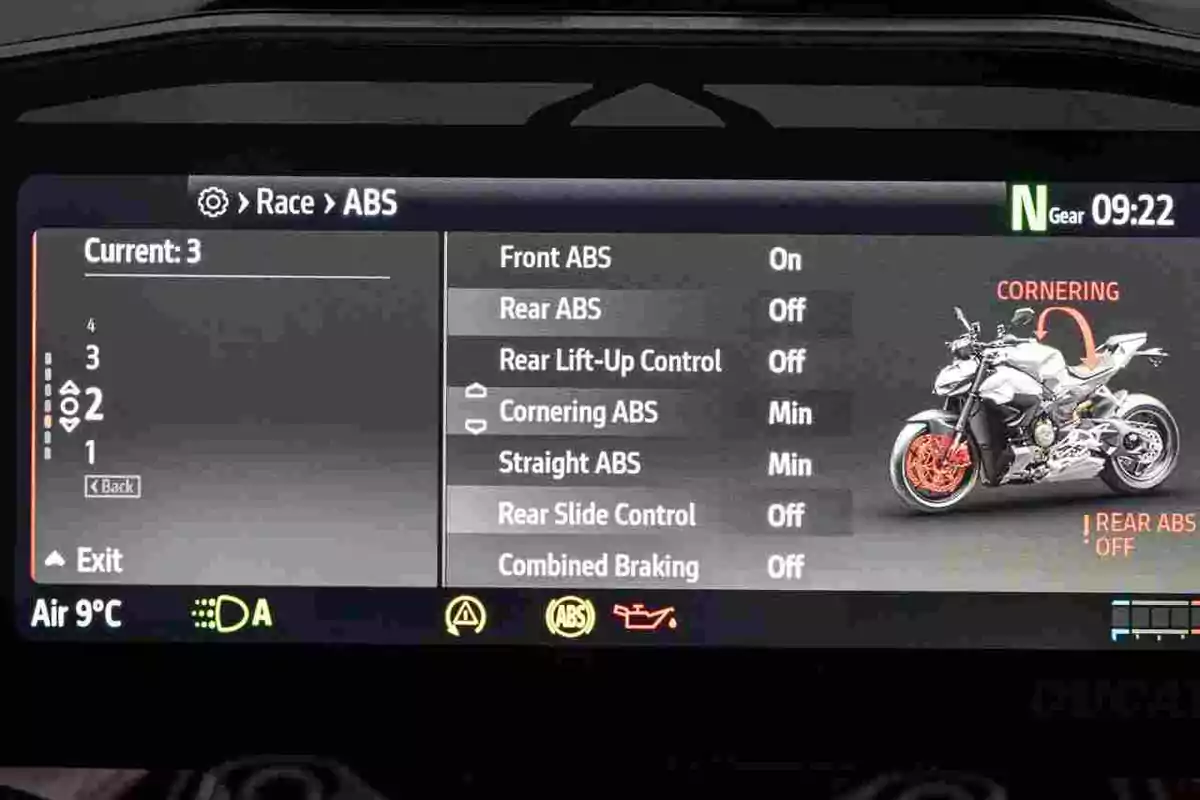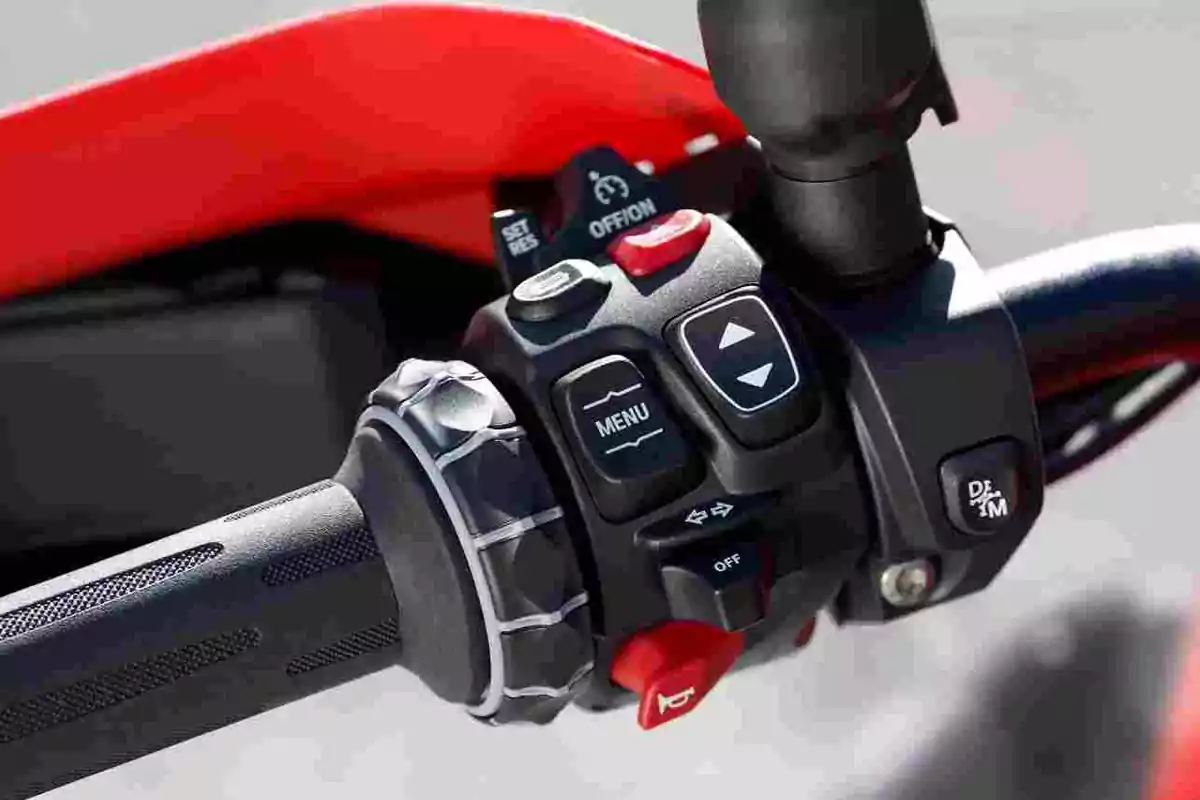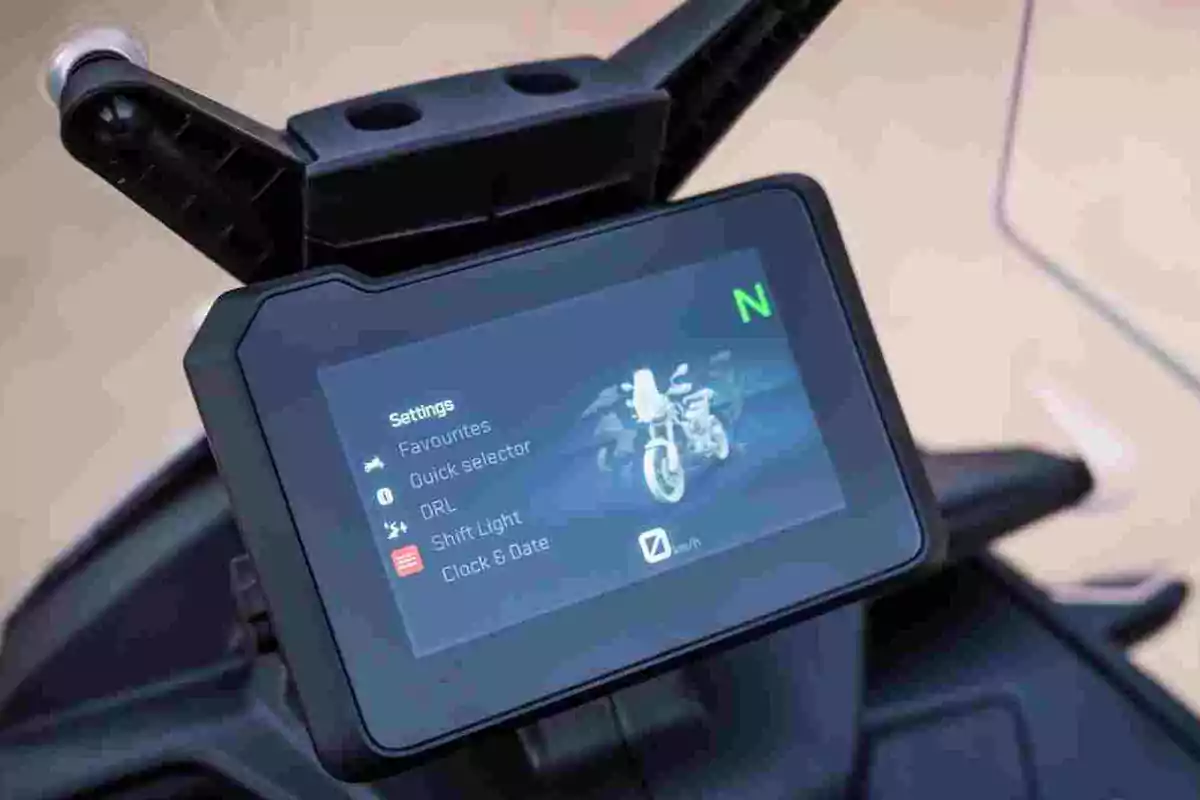
Two famous experts explain what the DGT wants to see on your motorcycle
A series of videos calls for road safety awareness. Don't miss them
We are in a scenario where motorcycle accident rates continue to follow a worrying upward trend.
It is essential that the sector doesn't just point out the problem. They must also act with determination and knowledge.
In this context, the ARAS (Advanced Rider Assistance Systems) campaign was created, a joint initiative by ANESDOR and Fundación MAPFRE for the Dirección General de Tráfico.
The goal is to share, with technical rigor and an educational approach, the real usefulness of ARAS advanced rider assistance systems. More and more motorcycles are equipped with these features today.
The project has taken shape in a series of ten educational videos, all of which have been available since this July. Dani Pedrosa and Ramón Forcada, experts in these matters thanks to their MotoGP careers, explain how these systems work.
They do so with clarity and precision. They also analyze what advantages they offer and why they should be part of our daily conversation as motorcycle users.
The motorcycle sector always involved in safety
This initiative isn't limited to a communication exercise. It is a firm step toward road safety education.

For technology to save lives, it must first be known, then understood, and finally valued.
That's why, along with these videos, a website (aras.anesdor.com) has been created where a comprehensive technical document can be consulted. Each of the systems covered in the series is detailed in it.
Among the ARAS analyzed, solutions such as traction control and blind spot radar stand out. Also the antiwheelie system, adaptive lighting, or emergency call.

But beyond the deployment of technology, the truly revolutionary aspect is the approach. The user is placed at the center, starting from their experience, their risks, their habits.
This way, it is shown how these aids can make the difference between a controlled maneuver and an accident.
The analysis of ANESDOR and Fundación MAPFRE
As José María Riaño, secretary general of ANESDOR, points out, the average age of the Spanish motorcycle fleet exceeds 17 years. This implies a structural lack of these technologies in most motorcycles on the road today.
Sharing their advantages isn't just an act of raising awareness, but a strategic necessity if we want to move forward in road safety.
Jesús Monclús, from Fundación MAPFRE, puts numbers to this hope. It is estimated that a widespread implementation of ARAS could reduce serious accident rates by up to 30% and save 150 lives each year.

The technology already exists, is mature, and works. Now the challenge is different: for it to reach everyone, to be integrated, to not be a luxury, but a standard.
Because in the future of two-wheeled safety, there is no room for excuses. Only action, knowledge, and the will to transform.
More posts: